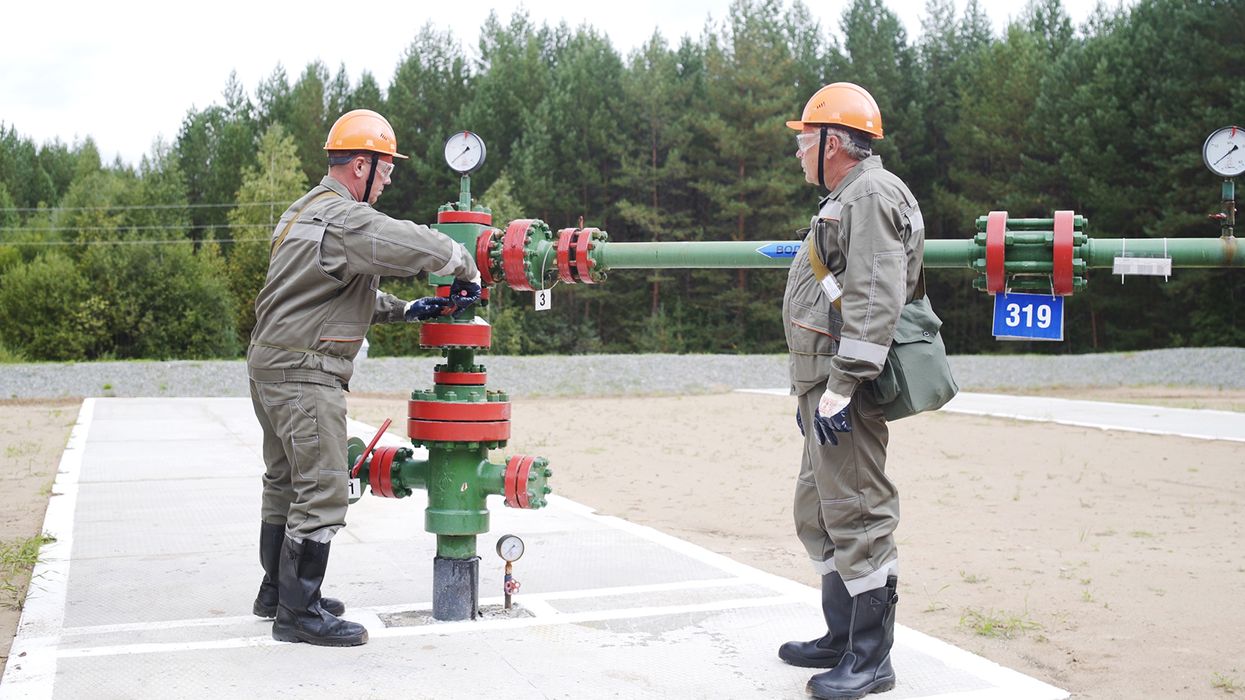Texas-specific: Underground Injection Control


Texans have been experiencing a significant number of small earthquakes in recent years. Seismologists say that the oil and gas industry – and particularly a technique called wastewater injection – is to blame.
This Fact File provides a review of the Texas Railroad Commission’s (RRC) authority to regulate fluid disposal well activity as it relates to the EPA’s Underground Injection Control (UIC) program, and its authority to address seismic activity as a result.
Widespread use of injection wells began in the 1930s to dispose of brine generated during oil production. Injection effectively disposed of unwanted brine and preserved surface waters. In some formations, injection enhanced the recovery of oil.
In the 1950s, chemical companies began injecting industrial wastes into deep wells. As chemical manufacturing increased, so did the use of deep injection. Injection proved to be a safe and inexpensive option for the disposal of unwanted and often hazardous industrial byproducts.
The Environmental Protection Agency (EPA) awarded the RRC primary enforcement responsibility over oil and gas injection and disposal wells on April 23, 1982.
In April 2014, the RRC hired a seismologist to strengthen the ability to understand and evaluate new research, as well as to coordinate an exchange of information with the research community regarding seismic activity that might be related to oil and gas activities. The RRC seismologist has also assisted in drafting rule amendments relating to the issue of seismicity and disposal well operations in Texas.
The Underground Injection Control program consists of six classes of injection wells (I through VI). Each well class is based on the type and depth of the injection activity, and the potential for that injection activity to result in endangerment of an underground source of drinking water (USDW).
Class II wells are used only to inject fluids associated with oil and natural gas production. Class II fluids are primarily brines (salt water) that are brought to the surface while producing oil and gas. It is estimated that over 2 billion gallons of fluids are injected in the United States every day. Most oil and gas injection wells are in Texas, California, Oklahoma, and Kansas.
In October 2014, the RRC adopted rule amendments to 16 Texas Administrative Code §3.9 and §3.46 (Statewide Rules 9 and 46) designed to address disposal well operations in areas of historic seismic activity. The main components of the rule amendments, effective November 17, 2014, are:
The RRC has authority to regulate saltwater disposal well activity and may exercise that authority to address seismic activity. These rules state that RRC may modify, suspend, or terminate an injection permit to dispose of waste for just cause after notice and opportunity for hearing, if injection is likely to be or determined to be contributing to seismic activity.
40 CFR Part 144 – Underground injection control program
40 CFR Part 144.12 – Prohibition of movement of fluid into underground sources of drinking water
16 Texas Administrative Code §3.9 and §3.46 (Statewide Rules 9 and 46)
Disposal wells: may be used to inject mineralized water produced with oil and gas into underground zones for the purpose of safely and efficiently disposing of the fluid.
Injection wells: are used to inject fluids (including water, wastewater, brine (salt water), or water mixed with chemicals) into a reservoir for the purpose of enhanced oil recovery from the reservoir.
Underground source of drinking water (USDW): an aquifer or a part of an aquifer that is currently used as a drinking water source; may also be ground water needed as a drinking water source in the future.
Wastewater injection: process used for disposing of waste fluids from several industrial activities.
Well: A bored, drilled, or driven shaft whose depth is greater than the largest surface dimension; or a dug hole whose depth is greater than the largest surface dimension; or an improved sinkhole; or a subsurface fluid distribution system.
On December 31, 2020, a magnitude (M) 4.2 earthquake occurred about 11 miles north of Stanton, Texas. A total of 9 earthquakes of M ≥ 3.0 have occurred in this area, including a M 4.6 earthquake on December 28, 2021. The RRC staff’s analysis of available information has determined that saltwater disposal well injection is likely contributing to seismic activity in this area. RRC staff has established the Stanton Seismic Response Area (SRA) to coordinate action with industry to reduce the seismic hazard in the SRA. RRC has established the following goal to reduce earthquake activity in the Stanton SRA: The successful implementation of a response plan will result in no more M 3.5 or greater earthquakes after 18 months from the date of a response action implementation. RRC staff will use available public data and trends (for example, earthquake count, earthquake magnitude, and disposal volume) to evaluate the efficacy of a response plan. Absent a coordinated industry response, RRC staff is prepared to implement its own seismic response action plan for the Stanton SRA after 90 days.
